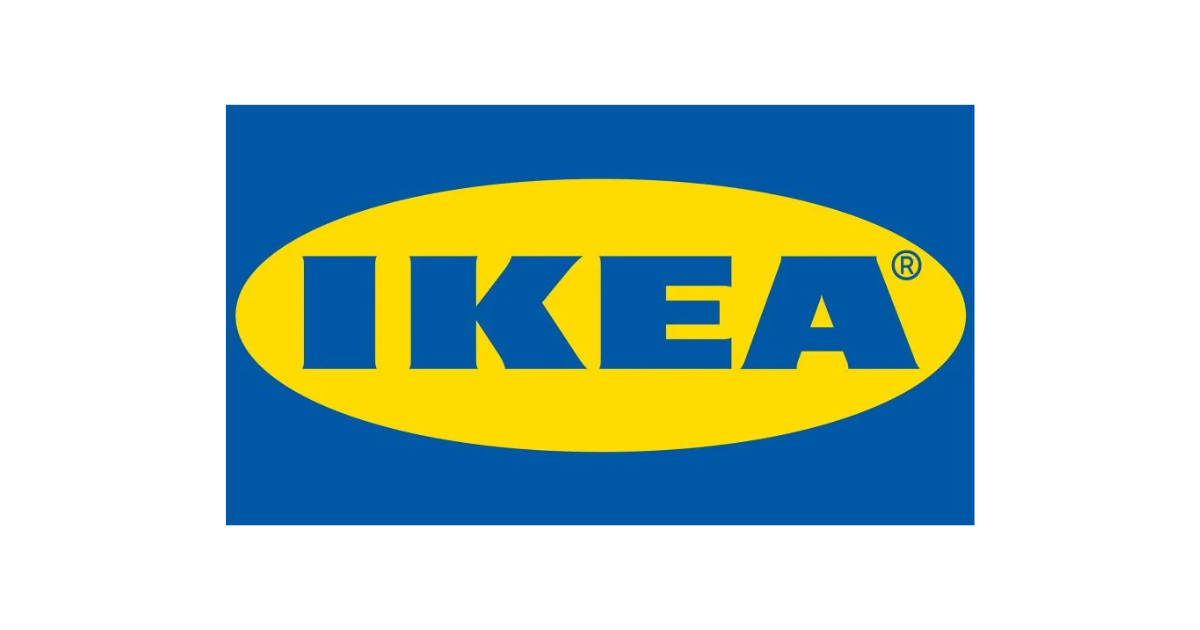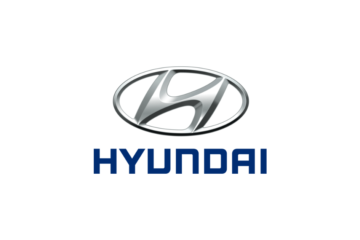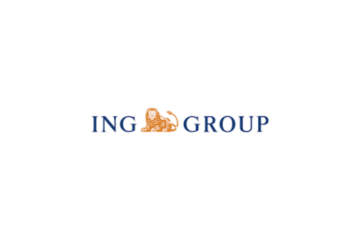IKEA is a globally renowned furniture retailer known for its affordable, stylish, and functional home furnishings. Founded in 1943 by Ingvar Kamprad in Sweden, the company has grown into one of the most influential brands in the furniture industry. With its innovative flat-pack furniture concept, IKEA revolutionized the way people shop for and assemble home furnishings. Headquartered in Delft, Netherlands, the company operates over 460 stores across more than 60 countries. Offering a wide range of products, including ready-to-assemble furniture, home appliances, and decor, IKEA caters to diverse customer needs while maintaining a strong focus on sustainability. The brand continuously adapts to modern trends, integrating digital tools like augmented reality for virtual room planning and expanding into smart home solutions. With a commitment to using renewable energy and eco-friendly materials, IKEA remains at the forefront of innovation and sustainability in the global retail market.
Company Information
Company Name: IKEA
Founder Name: Ingvar Kamprad
Founded Year: 1943
Headquarters: Delft, Netherlands
Products:
- Ready-to-assemble furniture
- Home appliances
- Kitchenware
- Home decor
- Lighting
- Storage solutions
- Office furniture
Services:
- Furniture assembly
- Interior design consultation
- Home delivery
- Sustainable living solutions
- Customer loyalty programs
Competitors:
- Wayfair
- Home Depot
- Lowe’s
- Ashley Furniture
- Amazon (Home & Furniture Division)
- Walmart (Home Goods Division)
- Target (Home & Furniture Division)
- Williams-Sonoma
- Havertys
- West Elm
Company History & Growth
1. Humble Beginnings (1943–1950s)
- Founded by Ingvar Kamprad in Sweden at the age of 17.
- Initially sold small household goods via mail order.
- Introduced furniture in 1948, which later became the brand’s main focus.
2. Expansion and Innovation (1950s–1970s)
- Opened the first IKEA showroom in Älmhult, Sweden (1953).
- Launched the famous flat-pack concept to reduce costs and improve transportation.
- Began expanding internationally, entering Norway (1963) and Denmark (1969).
3. Global Domination (1980s–2000s)
- Expanded into Europe, North America, and Asia.
- Opened its first U.S. store in 1985.
- Introduced self-service warehouses, making shopping more convenient for customers.
4. Sustainability & Digitalization (2010s–Present)
- Committed to sustainability with eco-friendly products and renewable energy.
- Invested in digital transformation, launching e-commerce platforms.
- Continued expansion into emerging markets like India and China.
Challenges & Lessons
- Navigating different cultures and preferences – Adapted product designs to local markets.
- Logistical challenges – Developed efficient supply chain management.
- Competition from online retailers – Enhanced digital presence and online shopping experience.
- Sustainability concerns – Invested in renewable energy and eco-friendly materials.
- Customer service improvements – Streamlined return policies and enhanced customer support.
Innovations
- Flat-pack furniture for cost-effective shipping.
- Self-service warehouse shopping model.
- Affordable and stylish Scandinavian design.
- Smart home furniture and automation solutions.
- Augmented reality (AR) tools for virtual room planning.
Achievements or Milestones
- Over 460 stores in more than 60 countries.
- One of the world’s largest furniture retailers.
- Commitment to 100% renewable energy in operations.
- Annual revenue surpassing $40 billion.
- Launched affordable housing projects.
Recognitions & Awards
- Ranked among the world’s most valuable brands.
- Recognized for sustainability initiatives.
- Awarded for customer experience and innovation.
- Featured in Forbes’ most influential companies list.
- Named one of the best global employers.
Recap of IKEA’s Success Story and Achievements
IKEA has revolutionized the global furniture industry with its affordable, stylish, and innovative designs. From a small Swedish mail-order business to an international retail giant, IKEA’s success lies in its customer-centric approach, efficient supply chain, and commitment to sustainability. Its unique flat-pack furniture model has reduced costs while enhancing convenience, making home furnishing accessible to millions worldwide. The company’s expansion into digital platforms and smart home technology further cements its position as a leader in the furniture industry. With a strong focus on sustainability and innovation, IKEA continues to grow, providing value to customers while ensuring environmental responsibility.
What Entrepreneurs Can Learn from IKEA’s Success Story
Entrepreneurs can take several key lessons from IKEA’s remarkable journey:
- Customer-Centric Innovation: Understanding customer needs and continuously innovating to meet them can lead to long-term success.
- Efficiency in Operations: A streamlined supply chain and cost-effective processes help businesses scale efficiently.
- Adaptability to Market Needs: Expanding into new regions requires cultural awareness and product adaptation.
- Sustainability as a Business Model: A focus on eco-friendly solutions can enhance brand reputation and customer loyalty.
- Digital Transformation: Embracing technology and online platforms is crucial for staying relevant in today’s market.
IKEA’s journey exemplifies how strategic planning, innovation, and customer focus can turn a small business into a global leader. Entrepreneurs can learn valuable lessons from IKEA’s business model, ensuring long-term growth and sustainability in their ventures.



